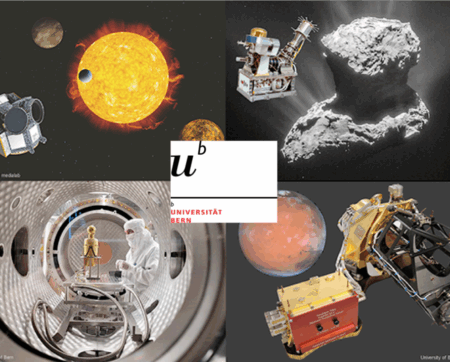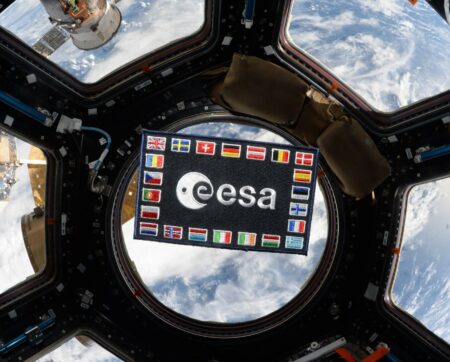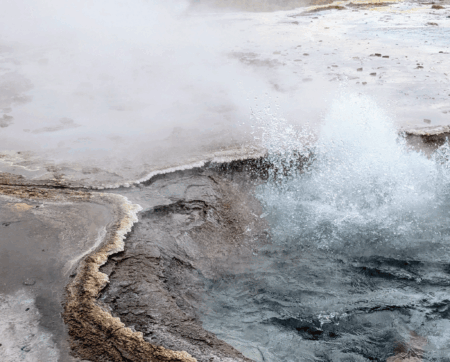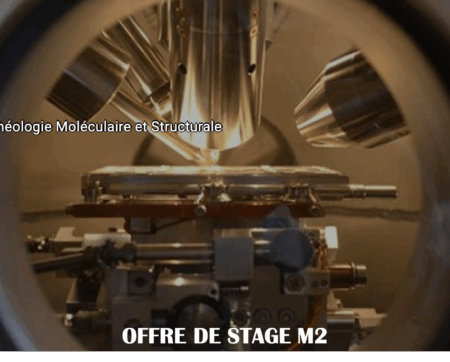Postdoctoral Position available at Institut de Physique du Globe de Paris (IPGP) and synchrotron SOLEIL.
Postdoctoral position available immediately for geochemical investigations of Archean drill cores and modern samples of stromatolites and microbial mats (detail of the proposal below).
Applicants should have a PhD in Earth Sciences (geochemistry, mineralogy, Archean geobiology). A good background in Physics is recommended but not mandatory. This position is funded for one year renewable another year. The candidate will be based part time at IPGP (downtown Paris, 5th district) and part time at SOLEIL, which is located about 1 hour south of Paris by public transportation. IPGP is large and very diverse scientifically with more than 150 faculty members and 150 PhD’s and postdoctorates from various nationalities. SOLEIL is a fully international environment with more than 350 faculty positions and postdocs.
Interested candidates should send via e-mail their c.v. and the names and addresses of three references to:
Prof. Pascal Philippot, Institut de Physique du Globe de Paris,
1 rue Jussieu, 75238 Paris cedex 05, France
Tel : +33 (0)1 8395 7387
philippot@ipgp.fr
For more information contact:
Prof. Pascal Philippot,
or
Dr. Andrea Somogyi,
Scientist in charge, Nanoscopium beamline, Synchrotron Soleil, L’Orme des Merisiers,
Saint-Aubin -BP 48 91192 GIF-sur-YVETTE CEDEX
Tel: +33 (0)1 6935 9646
Postdoctoral subject
Metals as tracers of the evolution of life and oxygen on Earth Paleogeochemical data are mainly interpreted to indicate an anoxic early Earth and a dramatic rise of O2-levels during the second half of the planet’s history (Great Oxidation Event, GOE). The rise of atmospheric O2 is considered to be due to the action of oxygenic photosynthesis carried out by cyanobacteria and possibly triggered by major geodynamic processes. Recently, this standard model has become challenged to varying extent from both geochemistry and biology. Whereas emergent geochemical and biological results suggest that the onset of photosynthetic O2 production and the presence of oxygenated pockets in the environment may pre-date the GOE by several 100 million years, other voices prone the presence of appreciable O2-levels already in the early Archean.
Microbial mats thriving on land, in modern stromatolites or in deep seafloor settings are thought to be ancient relics of past microbial life on early Earth. Organisms that grow in these systems adsorb and concentrate many metallic cations required for growth. Among these, Mo, Ni, Co and W occur as catalytic centers in metal-activated enzymes that are used only in specific types of metabolism.
Other metals such as Fe, Zn, Cu, As, Cr… are not specific to a metabolic activity but are commonly used as nutrients or in detoxication processes. In addition to direct uptake, metals can also be incorporated by adsorption during secondary processes. Bacteria secrete exopolymer that forms the matrix (biofilm) of the bacterial mat. Large surface area and chemical reactivity of this biofilm is considered ideal for metal cation scavenging. Accordingly, trace metals such as Mo, Ni, Co and W but also Fe, Cu, Zn, As, Cr in ancient kerogenous laminae could potentially act as a biomarker for specific types of metabolism, if it can be shown that secondary adsorption processes during diagenesis and metamorphism can be excluded. With the exception of Fe, which has been extensively studied as a potential biomarker owing to its ubiquitous role in the biosphere, other metals such as Cu, Zn, Cr, Ni, As, Mo, Cr, Co have until recently only superficially analysed for their abundances and isotopic compositions. An analytical protocol is required for unravelling the respective imprint of microbial vs diagenetic
processes and to document the characteristic abundance, distribution and speciation of metals within the organic fraction present in modern and ancient microbial mats, but also throughout the overall hosting stromatolitic structure. The core of this postdoctorate is to develop an analytical protocol on the emerging Nanoscopium beamline at SOLEIL synchrotron facility. Nanoscopium is aimed at providing quantitative information with high sensitivity on density variation, elemental distribution, and chemical speciation in the 5-20 keV energy range and at high spatial resolution (≤100 nm). Additional measurements will be performed at various scanning X-ray beamlines worldwide (AS, SLS, ESRF). Prior to synchrotron analysis, all samples will be first investigated for their mineralogy, composition and internal microstructure using Raman Spectrosocopy, SEM and
cathodoluminescence.
IPGP hosts a large collection of pristine drill core samples obtained in various Archean cratons from Australia and South Africa, as well as a good collection of modern stromatolites of different origin and environmental settings.





Aucun commentaire sur l'article Postdoctoral Position available at IPGP and synchrotron SOLEIL